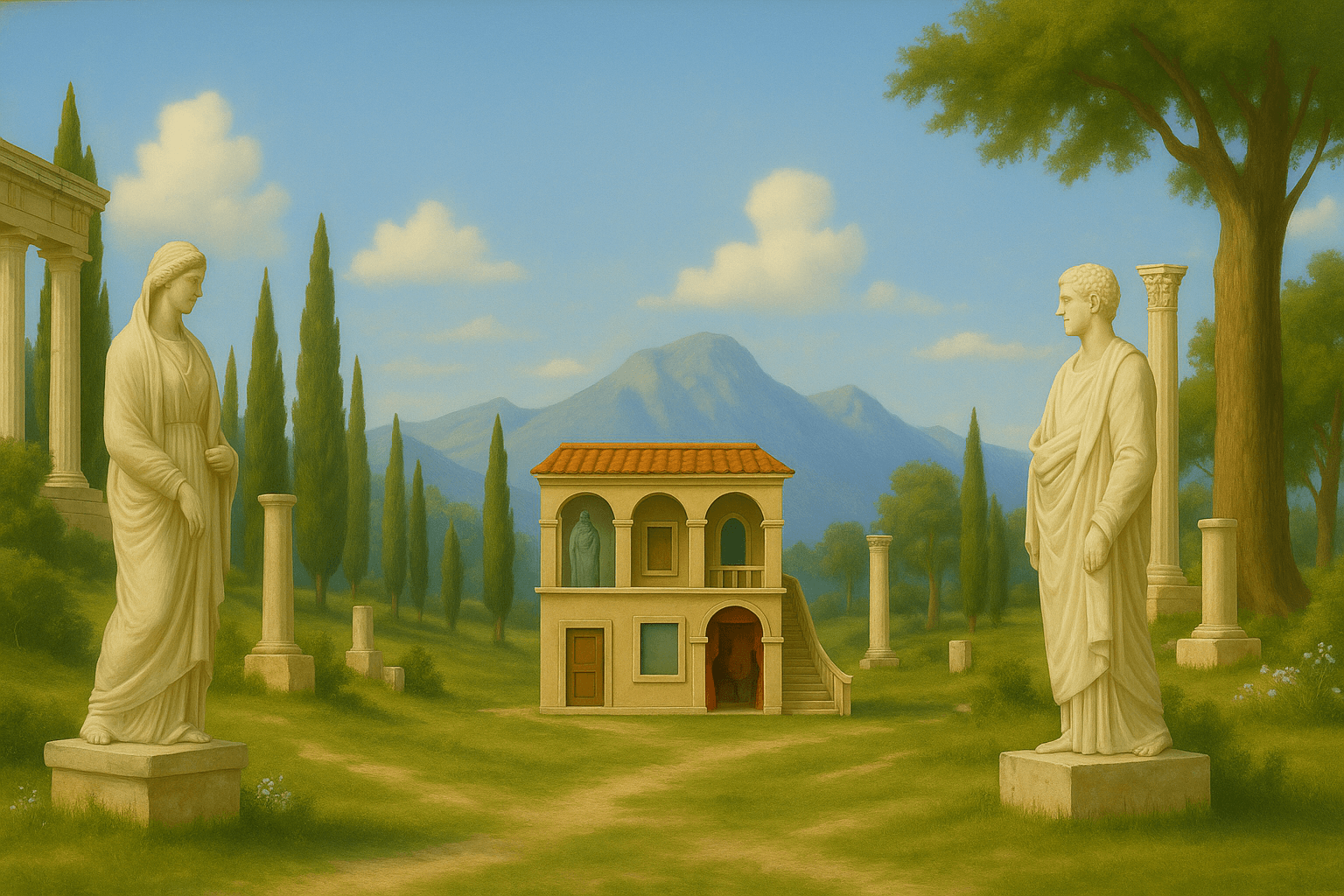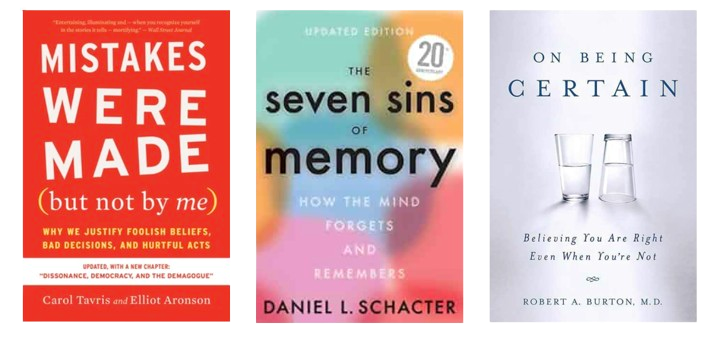TCP013 | ⏰~6min read
Welcome to The Contemporary Polymath Newsletter, where you broaden your horizons, feed your curiosity, and spark new ideas on Thursdays by Naya Moss
📧 In This Issue
- 🧠 Why vivid memories get distorted
- 📸 The illusion of photographic recall
- 🎧 Echoes that shape how we hear
- 💪🏾 Memory stored in the body

👋🏾 Hey there friend,
Over the past few years, I’ve watched people close to me, some in their 60s, others in their 70s and 80s, grapple with memory loss and the early signs of Alzheimer’s. Most of them never prioritized their cognitive health. They socially isolated for many years, didn’t engage in mentally stimulating activities or treat their mind the way they did their body. Seeing that up close, and so early, shifted something in me.
It made me want to understand memory differently, not just how it breaks down, but how it works in the first place, and how we might prevent or slow its decline. The distortions. The edits. The stories we tell ourselves that quietly reshape what we think we know without balance and correction. I’m curious, what’s your experience with this? What are you doing to keep your memory and mind sharp?
Since last summer, I’ve been loosely following Bryan Johnson’s Don’t Die movement, but my focus is different. His work is about lifespan. Mine’s been about mindspan: preserving clarity, curiosity, and emotional presence for as long as possible. I’ve been diving into lesser-known memory phenomena, like emotional encoding, reconsolidation, and flashbulb distortion, not just to understand how we forget, but how we misremember.
This week’s issue is a small piece of that journey.
Part of what sparked it was a visit to The Met earlier this week. Two exhibitions, Caspar David Friedrich: The Soul of Nature and Monstrous Beauty, stirred something in me. They brought back memories from my time living in Europe, especially the days I spent alone in the mountains and countryside. Just me and nature. Moments I hadn’t thought about in years, but they came back with a kind of emotional clarity that surprised me.
So here we are: exploring how memory bends, what it hides, and what that reveals about who we are.
Let’s get into it.
🌍This Week’s Explorations
Written by Us
Psychology
🧠 The Mandela Effect: When Entire Generations Misremember
Some memories feel too real to question, until you realize they never happened. From Mandela’s supposed prison death to misremembered brand logos, these distortions aren’t personal glitches. They’re collective stories, shaped by emotion, repetition, and belief, also known as The Mandela Effect.
🎧 Echoic Memory: The Sound That Stays After the Sound
Your brain holds onto sounds for a few seconds after they’re gone. This fleeting echo is what helps us process language, music, and emotion, especially in noisy or distracted environments. Echoic memory may be short-lived, but it shapes how we hear the world.
📸 Flashbulb Memories: Crystal Clear, and Still Wrong
Some events burn themselves into our memory with photographic clarity. Or so we think. feel permanent, yet research shows they shift and distort over time. Emotional shock, media repetition, and retelling shape the story, even when our confidence stays high.
Science
🫁 Somatic Encoding: The Memories Your Body Stores Without Words
Memory doesn’t live in the mind alone. The body records emotion through muscle tension, posture, and even gut instincts. From trauma flashbacks to physical intuition, this post unpacks the science of Somatic Encoding and how healing often begins below awareness.
🔍 Intriguing Finds
A curated selection of news and discoveries
- 🩺 What happens when you remove the hippocampus?
- 🧠 How Your Brain Chooses What to Remember
- 🛌 Sleep Strengthens Memory for Life Events Over a Year Later
- 🧐 A recent study suggests that maintaining a curious mind may lower the risk of dementia
📖 Books We Are Reading
Book recs for this week

🧠 Mistakes Were Made (But Not by Me) by Carol Tavris & Elliot Aronson
Why do we cling to being right-even when we’re wrong? This eye-opening book unpacks the sneaky ways our minds rewrite memories and justify mistakes. With sharp stories and science, Tavris and Aronson reveal how self-justification shapes everything from personal regrets to public scandals. A must-read for anyone curious about how memory and belief collide.
🔎 The Seven Sins of Memory by Daniel Schacter
Ever wonder why your memory fails you at the worst moments? Schacter’s classic breaks down the seven fundamental ways our brains misplace, distort, or invent memories. Blending real-life examples with cutting-edge research, this book will have you questioning every “fact” you think you remember-and appreciating the quirks that make us human.
💡 On Being Certain: Believing You Are Right Even When You’re Not by Robert A. Burton
What if certainty is just a feeling-not proof you’re right? Burton dives into the neuroscience behind why we trust our memories and beliefs, even when they’re wrong. Through fascinating stories and brain science, he challenges what it means to “know” anything for sure. Perfect for anyone ready to rethink what confidence really means.
👥 Readers Corner
We are looking to interview some polymaths to feature in our newsletter, if that interest you, hit the button below:
💭 How Inquisitive
🔙 Answer to last week’s question
🧠 What’s it called when vivid memories turn out to be wrong?
That’s called the Mandela Effect, also False Memory Effect. A phenomenon where groups of people vividly remember events, names, or details that never actually happened (or happened differently). As we wrote about above, it’s not just forgetting; it’s confident, collective misremembering. Psychologists believe it reveals how memory is less like a photograph and more like a patchwork, stitched together by emotion, suggestion, and bias.
⏭️Question for next week
🫀 What’s the name of the practice that uses real-time data from your body to help regulate stress and focus?
Take care. Be kind. Have a wonderful day, evening, or night wherever you are!
Was this forwarded to you? Subscribe here
If you enjoyed this newsletter, a cup of matcha 🍵 serves as fuel!
Best,
Naya

